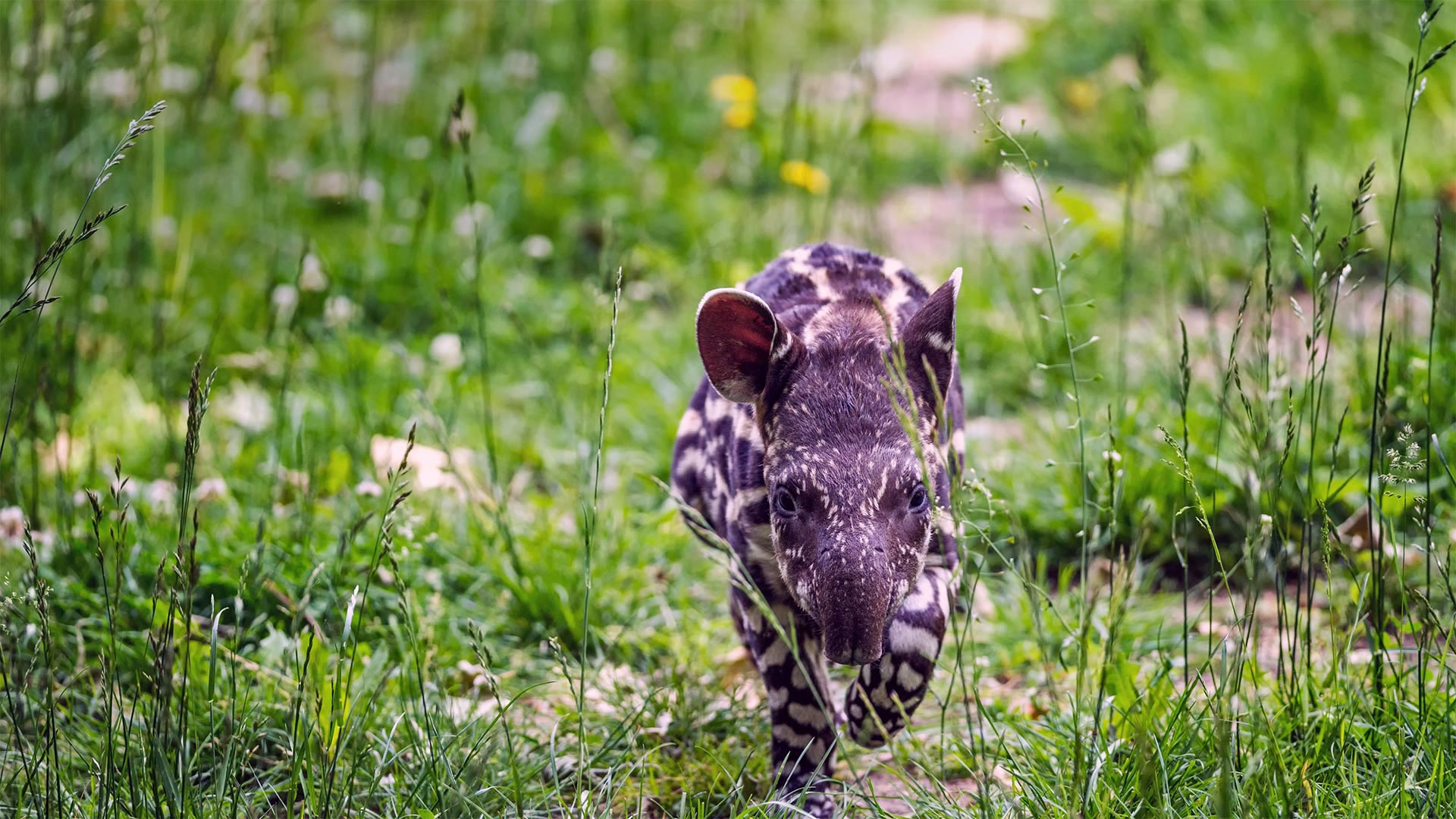The world of Lolicon, a term derived from the combination of “Lolita complex,” is a controversial and often misunderstood topic. It refers to a subgenre of manga and anime that features young, often prepubescent girls in sexualized scenarios. This genre has sparked heated debates and raised concerns about the exploitation and sexualization of minors. However, understanding the complexities and nuances of Lolicon is essential in order to have an informed conversation about its implications in society.
One of the key points to understand about Lolicon is that it is a product of Japanese pop culture, and its roots can be traced back to the concept of kawaii, or “cuteness.” In Japanese culture, cuteness is highly valued and celebrated, and this is reflected in various forms of media, including manga and anime. As a result, the depiction of young girls as cute and innocent characters is a common trope in Japanese entertainment. However, where Lolicon becomes controversial is in the sexualization of these characters, often in ways that can be deemed inappropriate and exploitative.
It is crucial to note that Lolicon is not synonymous with child pornography. While the genre does depict young and underaged characters in sexualized scenarios, the characters themselves are fictional and not real children. This distinction is important to address, as the consumption of Lolicon does not involve the exploitation or abuse of real minors. However, many argue that the sexualization of underage characters in any context contributes to the normalization of inappropriate behavior towards children.
On the other hand, supporters of Lolicon argue that it is a form of artistic expression and fantasy that should not be censored. They believe that the fictional nature of the characters separates it from real-world exploitation and that it is an outlet for individuals to explore their fantasies without causing harm to real children. They also argue that the regulation of Lolicon content could lead to a slippery slope of censorship and potentially infringe upon freedom of expression.
Despite the conflicting arguments, it is important to consider the potential impact of Lolicon on society. Research has shown that exposure to sexualized content can have detrimental effects on individuals, especially younger audiences. It can contribute to the normalization of sexualization and objectification of minors, leading to distorted perceptions of relationships and consent. Furthermore, the consumption of Lolicon can perpetuate harmful attitudes and behaviors towards children.
In conclusion, the controversial world of Lolicon is a complex and multifaceted issue that requires careful consideration and understanding. While it is imperative to respect freedom of expression and artistic creativity, it is equally important to prioritize the protection and well-being of minors. Discussions about Lolicon should address the potential implications it may have on individuals and society as a whole. Ultimately, it is crucial to promote a culture that condemns the sexualization of minors and encourages the healthy portrayal of relationships and sexuality in media.
Understanding the Controversial World of Lolicon: What You Need to Know




